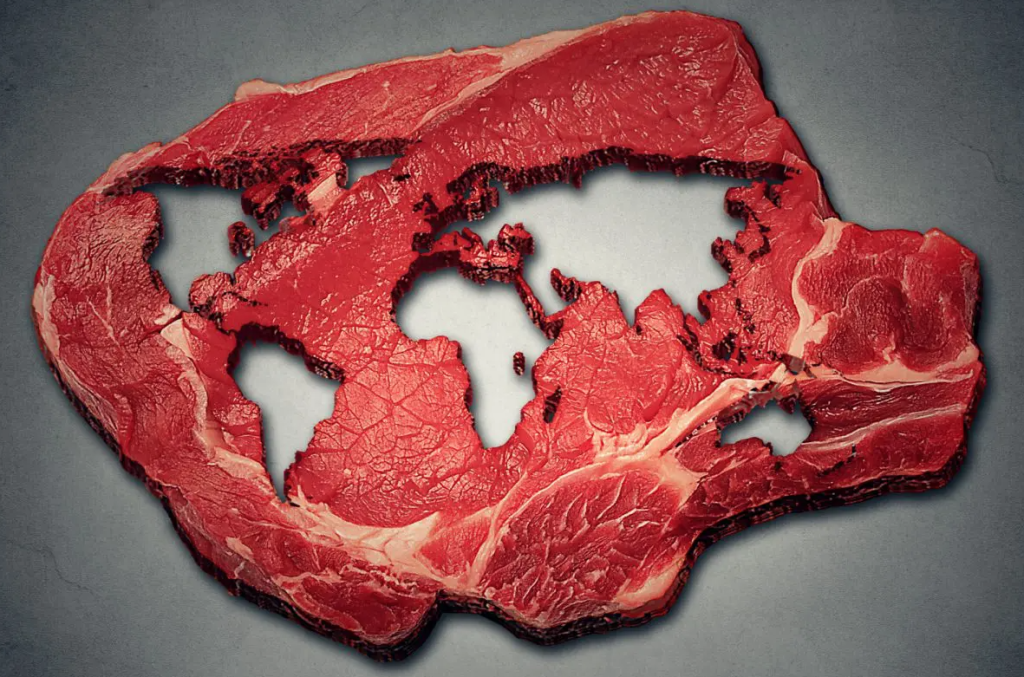Microbial proteins are obtained from fungi, yeasts, bacteria or algae
(Sustainabilityenvironment.com) – The proteins of fungi, yeasts and algae can help us halve deforestation in the world. If we replace every five steaks we eat with just one meal of microbial protein, we will give a logging cut of 50% by 2050. This was calculated by a study of the Potsdam Institute for Climate Impact Research (PIK) published in Nature.
What are microbial proteins?
What kind of food are we talking about? It is biomass that resembles the classic steak in terms of consistency and nutritional value. But it is obtained, through biotechnology, by the action of fungi, yeasts or some bacteria and algae, through a fermentation process.
These microbial proteins, also known as single-cell proteins, can be obtained, for example, thanks to the action of fungi such as Aspergillus oryzae, Fusarium venenatum, Sclerotium rolfsii, Polyporus and Trichoderma. Among the yeast, those usually most used are the Saccharomyces cerevisiae – the very common brewer’s yeast – and the Pichia pastoris. The bacterium Rhodopseudomonas capsulata and the spirulina algae are also used industrially for the production of proteins from microbial fermentation.
Read also From wool waste, covers and fertilizers for agriculture
The most important aspect is that the production of these proteins can be largely decoupled from agricultural production. The raw materials used, in fact, are typically sugars.
“Our results show that even taking sugar as a raw material into account, microbial protein requires much less farmland than ruminant meat for the same protein intake,” stresses Florian Humpenöder, PIK researcher and principal author of the study.
A beneficial surrogate
“The food system is responsible for one third of global greenhouse gas emissions, and ruminant meat production is the biggest source,” Humpenöder explains, referring to the impact of land consumption for pasture and especially for animal feed production. With a responsibility that is shared also by those regions where deforestation does not arrive.
The climate impact of meat in Europe, in fact, is equal to that of countries such as the Netherlands or Denmark. The 20 largest companies operating in our continent together emit 244 Mt CO2e (million tons of CO2 equivalent) per year. In practice, the same CO2 that all of Italy emits in 6 months.
For this reason, replacing the steak (even if not entirely, in our diet) with microbial proteins generates a wave along with the entire world food system. PIK researchers have simulated the impact of this exchange with alternative proteins taking into account the future growth of the world population and the increase in demand for proteins.
“The reduced number of cattle not only reduces the pressure on the land, but also reduces methane emissions from livestock rumen and nitrous oxide emissions from feed fertilization or manure management,” Humpenöder says. “So replacing ground red meat with microbial proteins would be a great start to reduce the harmful impacts of current beef production”.

